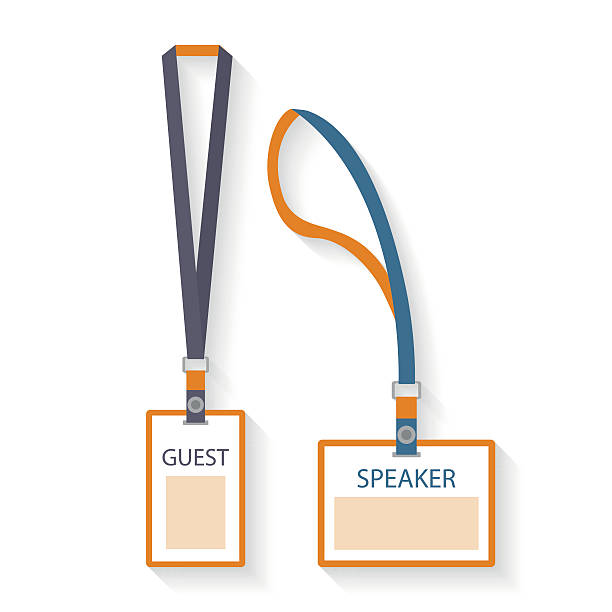Continuing on this series, today we’re going to look at how to format your oral history interview transcripts as an oral history researcher. This is optional but most people start with-
Cover page

The cover page holds the information about the time when the interview was conducted. This includes all the important information about the transcript, which is the name of the audio file, when the interview was conducted, where the interview was conducted, who was it conducted with, who are the participants, who are the people in the room, the time it was conducted and any other pertinent information. Also listing who transcribed the interview is included on the cover page.
If you are going to have someone else other than yourself review the interview, the name of the individual should be included on the cover page.
Type of Transcript

Before anything else, one has to decide on the type of transcript to go ahead with. As discussed in the series, types of transcription there are different ways in which you can transcribe your audio files. Verbatim, intelligent verbatim and edited transcripts. Each type has their advantages and uses. So, depending on what the transcripts are for, a decision can be made. The three types of transcripts are completely different from each other and not being clear on which type of transcript you want can have a huge effect on the final transcript.
Speaker Identification

It is also important to think about how you as a researcher are going to identify the speakers.
It is important to distinguish speakers in the audio, otherwise how will one know who the speakers are? Deciding on speaker labels can be in the format of either
Speaker names, for example Isaac, Betty
Speaker plus number for example Speaker 1, Speaker 2. As each speaker introduces themselves or starts to speak they are labeled sequentially.
Professional role or title, for example Interviewer, Doctor or Translator
Group Labels such as Students, Audience, Camera Crew, Female, Male
Timestamps

This includes how often and where timestamps will be placed in the transcript. With the researchers I’ve worked with, some prefer timestamps after ever minute, others prefer them after every speaker change, others just don’t need them at all. Using timestamps is an independent decision as each researcher has their own preference on how and when to use them.
Page Numbers

If you are going to print your transcripts for analysis or review it is important to have page numbers and the name of the transcripts at the head or footer of each page. This is to let you know where each page belongs in the transcripts. Because if you are analyzing 30 pages of data, marking and making additional changes to the transcripts, it helps to know which page go where.
Consistency

In consistency there are a couple of ideas to keep in mind. Like what font will be used? How different notational tags will be identified like long periods of silence, nonverbal tags? How foreign languages will be identified as well as crosstalks? How common numerical conventions such as days and time, percentages, money and measurement will be identified? There is also the decision as to whether to use US English or UK English. Spelling in both platforms sometimes may differ. Having a schemer that is consistent is important as it guides the flow of the transcript to a large extent and this improves readability and consistency of the transcript.
Naming Conventions

Once you’re done recording your data it is necessary to name the audio file so as to not misplace it or mix it up with other audio files if they are multiple of them.
That’s it for this series, I do hope it was helpful.
